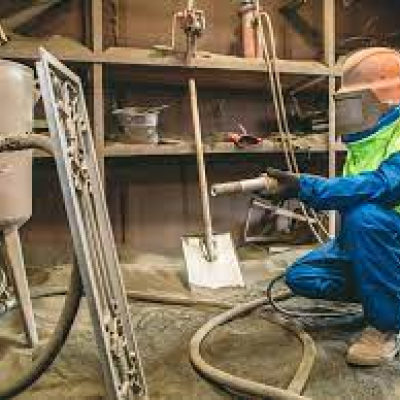



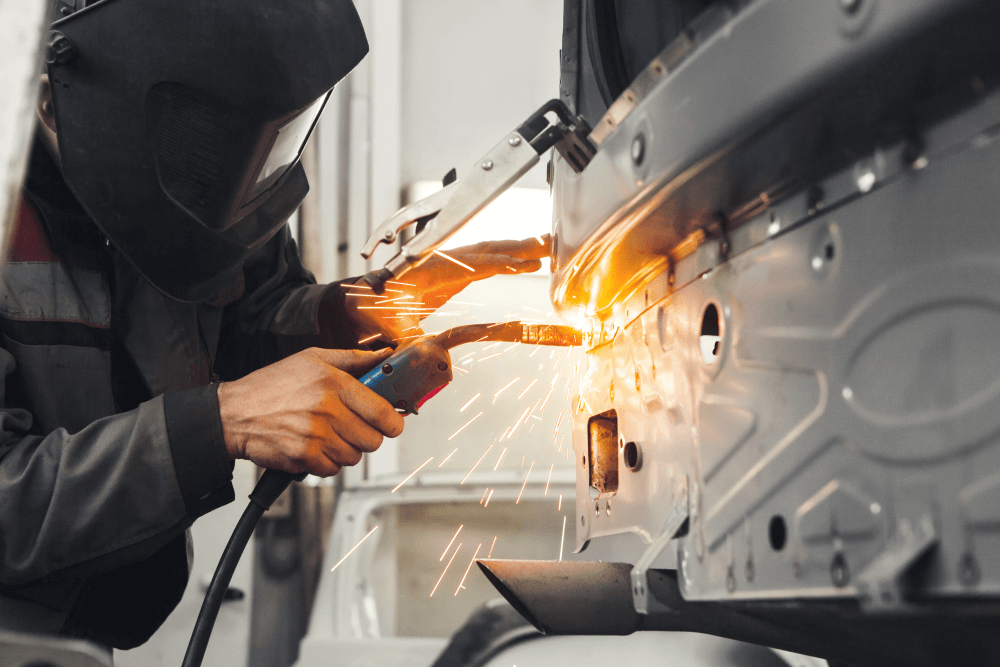
Depending on the particular qualities the manufacturer would like to improve, they may choose from one of several heat treating processes. These include normalizing, quench, tempering, and annealing.
Magnaflux inspection enables technicians to detect problems such as pits, cracks, laps, and seams on the surface or subsurface of iron and steel. In order to perform this inspection, the technician will coat the surface of the material with magnetic particles, which may be either in liquid or powder form. The particles will then form a visible pattern around defects, even those that are difficult or impossible to identify with the naked eye. Manufacturers will often opt for this method during final inspections, equipment maintenance, or quality control checks.
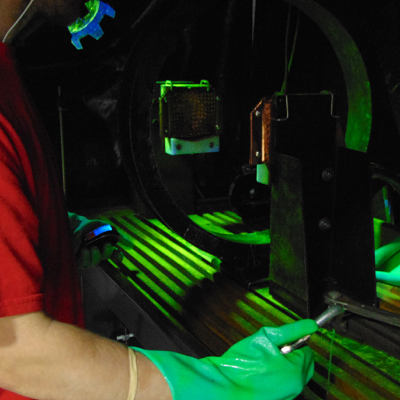
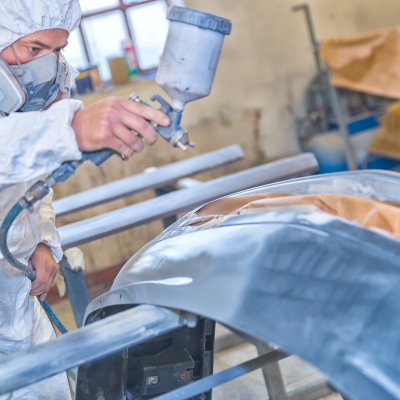
Painting and plating help protect metals from corrosion while, if desired, providing aesthetic appeal. Plating refers to a process wherein a manufacturer will apply a thin layer of metal to a product. This process can serve as a type of primer, enhancing the adhesion of paint to the part. It can also reduce friction and increase magnetism and solderability. Materials used for plating include zinc, chrome, and nickel.
Through hardness testing, a manufacturer is able to evaluate properties such as ductility, strength, and wear resistance. They do this by pressing a loaded object known as an indenter into the surface of the test material and measuring either the size of the impression left by the indenter or the depth of the indenter’s penetration. These tests make it possible to ascertain whether a material is the appropriate choice for the desired application, or whether it meets specifications.
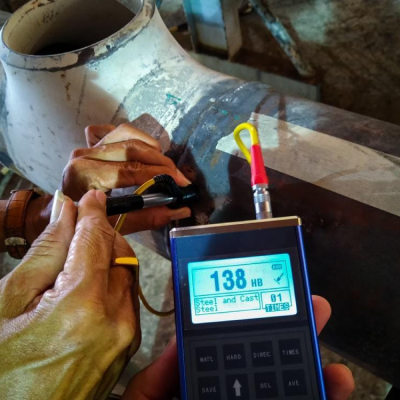
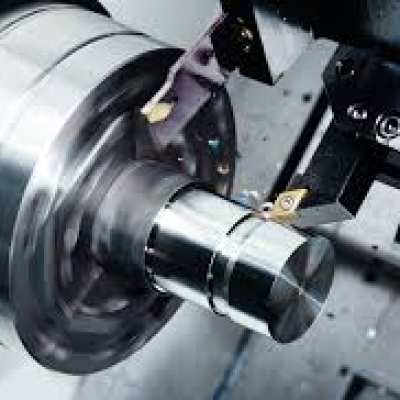
This manufacturing term refers to the process of forming a workpiece into the desired shape by using machine tools to remove material from it. “Machining” is an umbrella term that covers an array of equipment and techniques. A large majority of metal parts will undergo machining during manufacturing.
In shot blast cleaning, a technician will blast a high-pressure stream of abrasive metal shot against a component. This process can smooth or shape a surface, remove unwanted scale, rust, or other contaminants.
